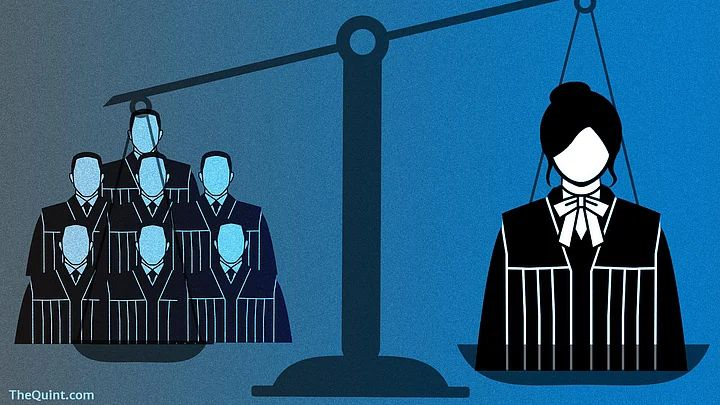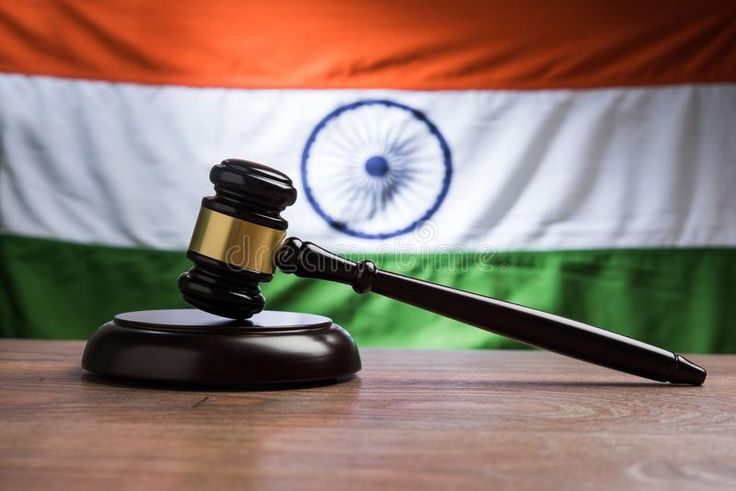Introduction and Constitutional Provision
The impeachment of judges refers to the formal process of removing a judge of the Supreme Court or High Court from office for proven misbehavior or incapacity. This is provided under Article 124(4) and (5) of the Indian Constitution. The process ensures that the independence of the judiciary is maintained while also holding judges accountable for their conduct. Judges enjoy security of tenure, meaning they cannot be removed arbitrarily. However, when a judge acts against the dignity of the judicial office or becomes incapable of discharging duties, impeachment serves as a constitutional safeguard to maintain judicial integrity and public confidence in the justice system.
Procedure for Impeachment
The impeachment process is governed by the Judges (Inquiry) Act, 1968. A motion for removal must be signed by at least 100 Lok Sabha members or 50 Rajya Sabha members and submitted to the Speaker or Chairman. If admitted, a three-member committee is formed to investigate the charges. If the committee finds the judge guilty, the motion is debated and voted upon in both Houses of Parliament. To pass, it must receive a two-thirds majority of members present and voting in both Houses. Once passed, the President issues an order of removal under Article 124(4), completing the impeachment.
Significance and Constitutional Objective
The impeachment process reinforces the principle of judicial accountability while protecting judicial independence. It ensures that judges remain impartial and uphold the highest ethical standards. The high threshold for impeachment—requiring a two-thirds majority in both Houses—prevents its misuse for political reasons. Thus, it acts as both a deterrent against misconduct and a protection against arbitrary removal. The procedure exemplifies the constitutional balance between independence and responsibility, ensuring that the judiciary remains the guardian of the Constitution without fear or favor.
Real-Time Example
A landmark instance is the case of Justice V. Ramaswami (1993), the first Supreme Court judge against whom an impeachment motion was brought for financial irregularities during his tenure as Chief Justice of the Punjab and Haryana High Court. Although the Inquiry Committee found him guilty, the motion in Parliament failed because the ruling party abstained from voting, and the required two-thirds majority was not achieved. This case highlighted the political challenges in implementing judicial accountability and led to public debate on the need for reforms in the impeachment mechanism.
Mnemonic to Remember – “JUDGE”
J – Judicial accountability ensured
U – Under Article 124(4) and Judges (Inquiry) Act, 1968
D – Due process in both Houses of Parliament
G – Guilty finding by a three-member committee
E – Executive (President) issues removal order
The mnemonic “JUDGE” helps remember that Impeachment of Judges ensures Judicial accountability, follows Constitutional due process, and protects Judicial Independence from political interference.
About lawgnan:
Discover the Impeachment of Judges in India under Article 124(4) and (5) at Lawgnan.in, your trusted platform for constitutional law learning. Understand how the Judges (Inquiry) Act, 1968 governs the process of removing judges for proven misbehavior or incapacity while protecting judicial independence. Explore the procedure, significance, and real-life cases like Justice V. Ramaswami (1993) that shaped judicial accountability in India. This detailed guide helps law students, judiciary aspirants, and UPSC candidates grasp how the Constitution balances independence and responsibility within the judiciary to uphold the integrity of the nation’s justice system.




